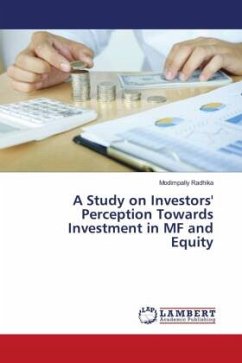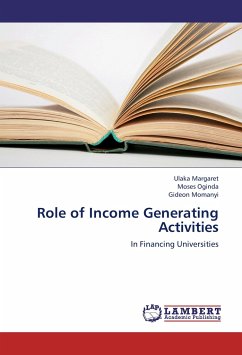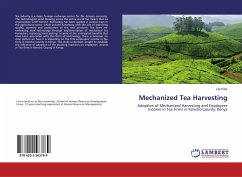Following the seminal theoretical work of Ohlson (1995), many researchers have tried to investigate the linear information dynamics (LID) model's validity empirically. However, empirical applications of the LID approach to residual income (RI)-based equity valuation have produced estimates of firm value that are substantially lower on average than corresponding observed market values. This book augments the Ohlson model by incorporating residual income and 'other information' intercepts into the original linear information dynamics, in order to capture the impact of the intercept terms on the residual income forecasts and firm values. I argue that the large negative bias in LID-based value estimates might be attributable to failure to deal fully with the effects of conservative accounting in projecting residual income. The main objective of the book is thus to examine whether the 'intercept-inclusive' LID model produces more reliable value estimates than the extant RI-based valuation models. I also address a potentially important issue of the different applicability under different conditions of different RI-based valuation models.
Bitte wählen Sie Ihr Anliegen aus.
Rechnungen
Retourenschein anfordern
Bestellstatus
Storno








